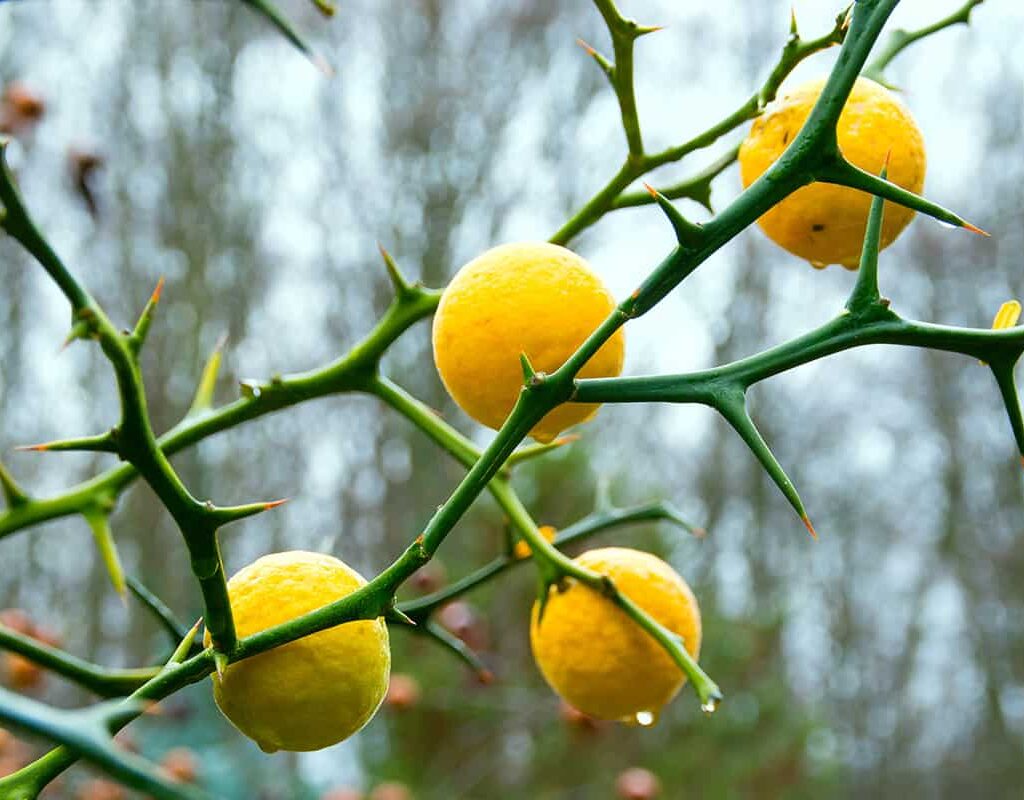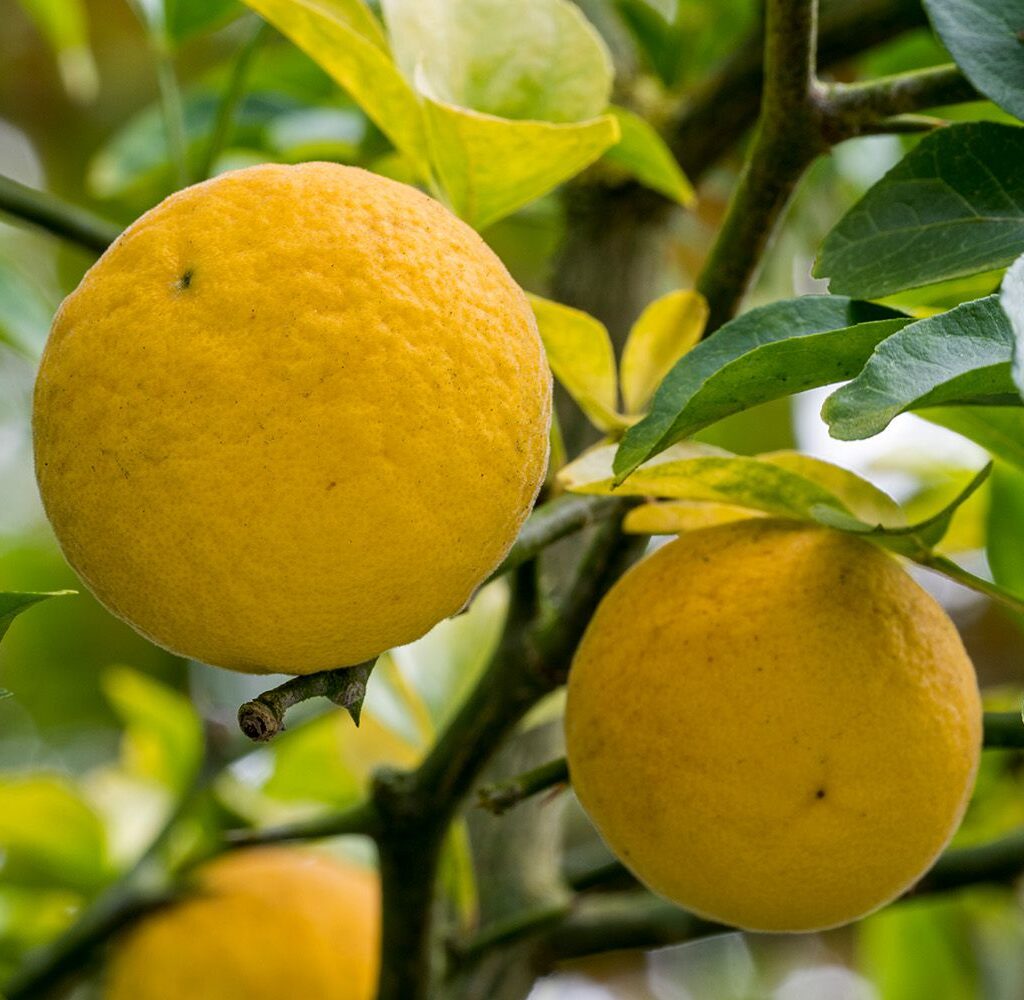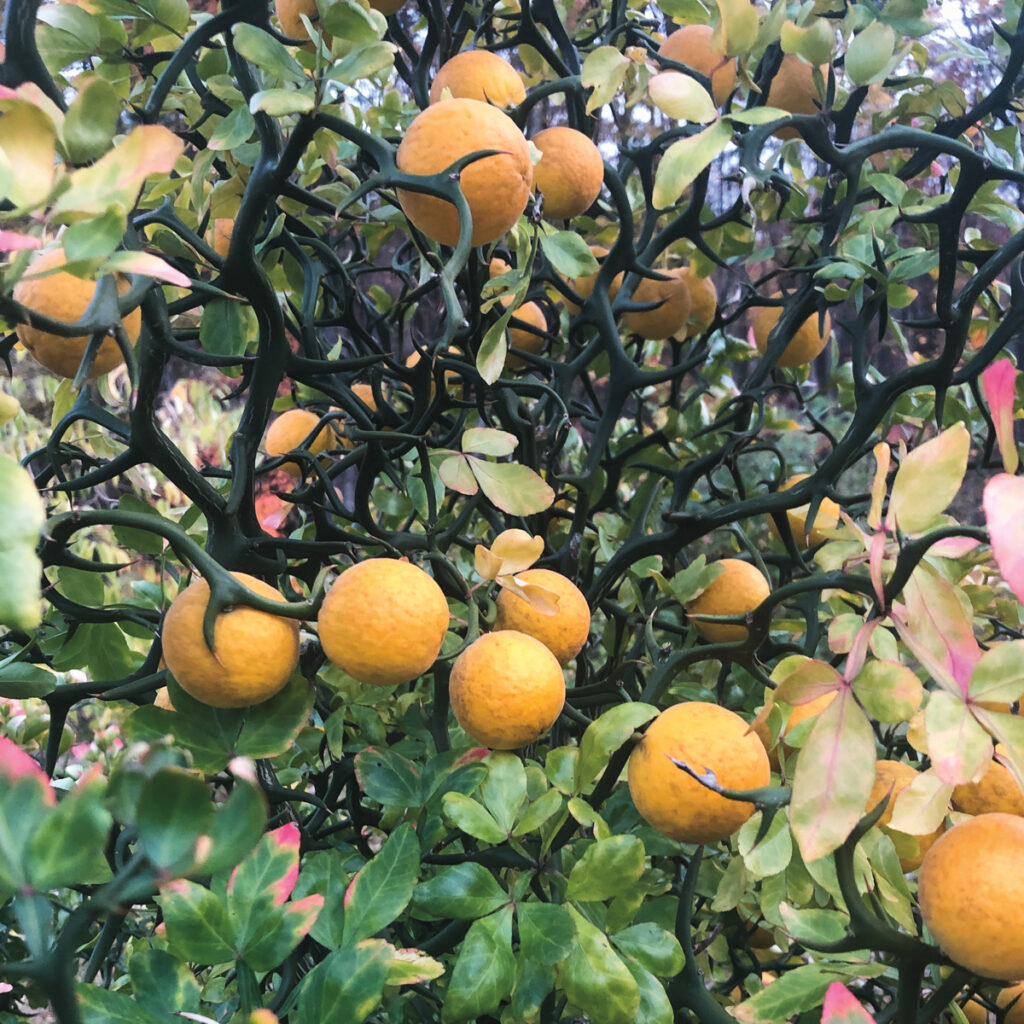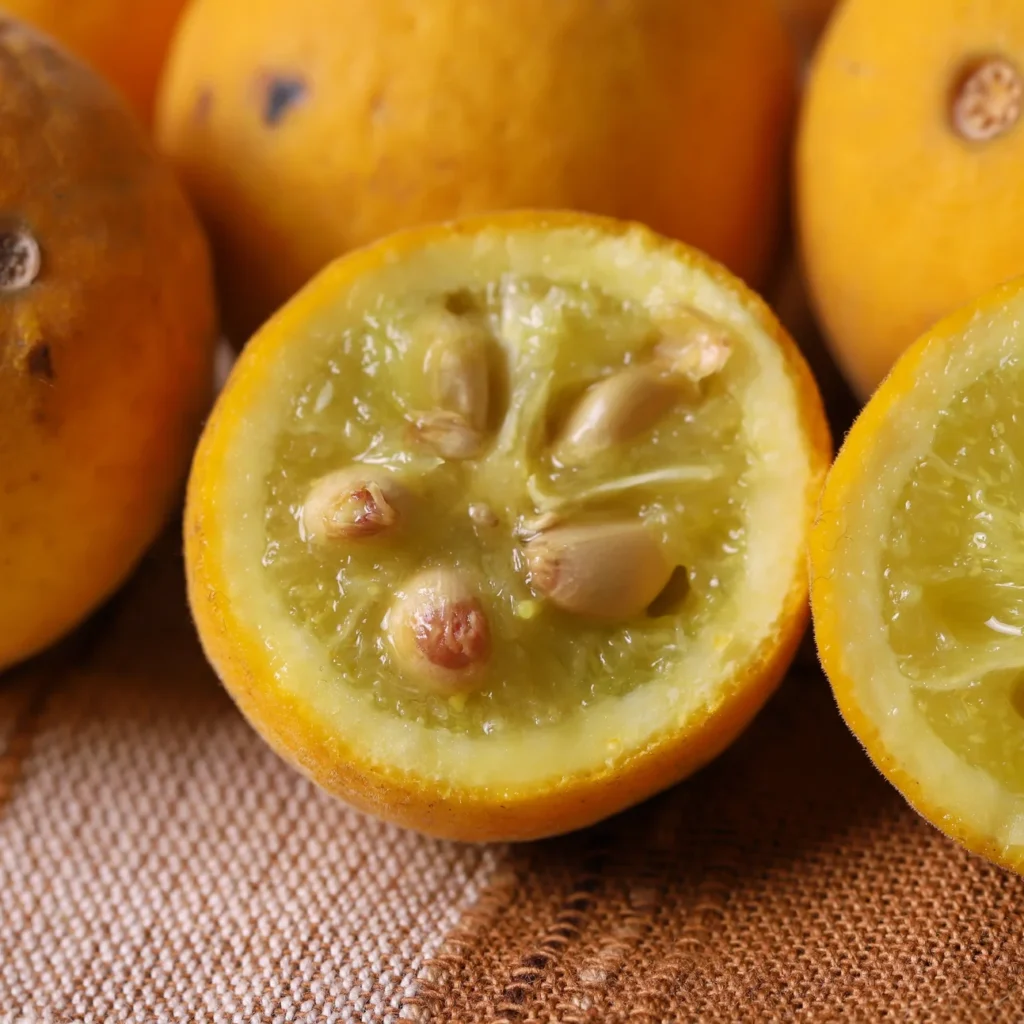When people think of oranges, images of sweet, juicy fruits basking under the warm Mediterranean or tropical sun come to mind. However, not all oranges fit this classic mold. Among the most unique and fascinating members of the citrus family is the Hardy Orange (Poncirus trifoliata), a cold-hardy, deciduous plant known for its resilience in harsh climates where traditional citrus trees cannot thrive.
While its fruits are sour and often inedible in their natural state, the hardy orange plays a crucial role in citrus agriculture worldwide — especially as rootstock and ornamental plant. But this raises an intriguing question: Which country produces the most Hardy Oranges in the world?
The answer is unequivocal — China.
What is the Hardy Orange?

Before diving into the global production landscape, let’s understand what makes the hardy orange so unique.
The Hardy Orange is native to northern and central China and Korea. Unlike its citrus cousins, it is deciduous, shedding its leaves in winter, and it can withstand freezing temperatures down to -20°C (-4°F). It grows as a thorny shrub or small tree, reaching heights of up to 4–7 meters (13–23 feet).
Its golf-ball-sized fruits are bright yellow, fuzzy, and highly aromatic. While extremely sour and bitter to taste, these fruits are occasionally used in marmalades, traditional medicine, and as flavoring agents.
More importantly, the plant is extensively used as rootstock in citrus orchards, especially in areas prone to cold weather and soil-borne diseases. It contributes resistance against several pests and diseases while imparting cold hardiness to the grafted varieties.
Why China is the World’s Largest Hardy Orange Producer

Native Range and Natural Abundance
Hardy orange trees are native to northern and central China, where they grow abundantly in the wild and have been integrated into agricultural systems for centuries. Being naturally adapted to the region’s climate, soil, and ecological conditions, the plant thrives effortlessly without the need for intensive care or intervention.
In these regions, hardy orange plants are commonly found in:
- Rural landscapes
- Forest margins
- Agricultural hedges
- Traditional orchards
Because of its native origin, China not only has vast natural populations but also a long-standing cultural and horticultural history with the plant.
Extensive Use in Citrus Rootstock Production

China is one of the world’s top producers of citrus fruits such as oranges, mandarins, and pomelos. The demand for hardy, disease-resistant, and cold-tolerant rootstock to support these citrus plantations has driven extensive cultivation of Poncirus trifoliata.
Hardy orange is commonly grafted with:
- Sweet oranges
- Lemons
- Mandarins
- Grapefruits
- Other citrus hybrids
China’s focus on sustainable and resilient agriculture has further increased the demand for this plant in nurseries and commercial orchards.
Integration into Traditional Medicine and Folk Practices
In traditional Chinese medicine, various parts of the hardy orange plant — including its fruits, leaves, and bark — have been used to treat ailments such as:
- Digestive disorders
- Inflammation
- Rheumatism
- Respiratory issues
This multipurpose utility has added value to its production and conservation in rural and agricultural communities.
Research and Breeding Programs
China leads global research in developing cold-hardy citrus varieties and disease-resistant rootstocks by leveraging the genetic resilience of Poncirus trifoliata. Chinese agricultural universities and research institutes have bred numerous rootstock hybrids by crossing hardy orange with commercial citrus species, aiming to enhance productivity and sustainability in colder regions.
Some notable hardy orange-derived rootstocks and hybrids include:
- Citrumelo (Hardy Orange × Grapefruit)
- Citrange (Hardy Orange × Sweet Orange)
These breeding initiatives continue to secure China’s dominance in hardy orange production and utilization.
Global Overview: Other Countries That Cultivate Hardy Orange

While China remains the undisputed leader, hardy orange has found its way into orchards, gardens, and research stations around the world. However, the scale of cultivation in other countries is modest compared to China.
Key regions where hardy orange is grown:
- United States: Primarily in the southeastern states (Florida, Georgia, Louisiana) as rootstock and ornamental hedge plants. A unique dwarf cultivar called ‘Flying Dragon’ is especially popular for its twisted branches and thorny architecture.
- Japan and Korea: Grown in home gardens and used in breeding programs, though not on an industrial scale.
- Australia and New Zealand: Used as ornamental plants and experimental rootstock in cooler areas.
- Southern Europe: Grown occasionally in Mediterranean countries for ornamental purposes and as rootstock in regions with mild winters.
Despite its presence in these regions, none match the production volume or ecological dominance of China.
Uses and Applications of Hardy Orange
Hardy orange may not be a culinary staple, but its utility spans several valuable applications:
Citrus Rootstock
Its most important role is serving as a rootstock for citrus trees, offering:
- Enhanced cold tolerance
- Disease resistance (especially to Phytophthora and Tristeza virus)
- Improved adaptability to poor soils
- Reduced tree size for easier harvesting
Ornamental Plant
Its striking green foliage, thorny branches, fragrant white flowers, and bright yellow fruits make it an attractive choice for:
- Hedges and living fences
- Wildlife-friendly gardens
- Decorative landscape features
Traditional Medicine
In addition to its digestive and anti-inflammatory properties, extracts from hardy orange have shown antimicrobial and antifungal benefits in traditional remedies.
Ecological Value
Hardy orange plants provide:
- Shelter for birds and small animals
- Pollinator support through their flowers
- Natural pest control as thorny barriers
Future Outlook for Hardy Orange Production
As climate change challenges citrus growers worldwide, the demand for hardy, disease-resistant, and adaptable rootstocks is expected to rise. China, with its vast natural populations, breeding programs, and established horticultural infrastructure, is poised to maintain its position as the global leader in hardy orange production.
New citrus hybrids using Poncirus trifoliata genetics are being developed to combat citrus greening disease and other challenges in citrus-growing regions like the U.S. and Europe. This ensures that the humble hardy orange will continue to play a pivotal role in the global citrus industry.
Conclusion

The Hardy Orange is one of the most resilient and agriculturally significant members of the citrus family. While its fruits may not grace supermarket shelves, its value as a rootstock, ornamental plant, and medicinal resource is immense.
China stands tall as the world’s largest producer of hardy orange, thanks to its native range, traditional uses, citrus-growing industry, and leading agricultural research. As global agriculture confronts new environmental and biological challenges, the hardy orange’s importance is likely to increase, with China remaining at the heart of its cultivation and innovation.





Leave A Comment